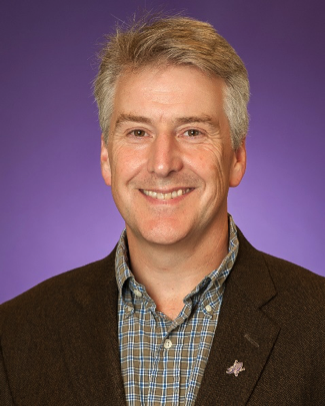TCU advocates a teacher-scholar model, which essentially means that faculty members take both teaching and research seriously. It also means that these two pursuits should be connected and inform one another, or as one of my colleagues put it to me, they should achieve an “organic integration.” I am sure there are representatives of many universities who would also espouse the teacher-scholar model, but I am rather confident in my view that there are many faculty members at TCU who do so quite successfully. When we hire new faculty, we work hard to ensure that they understand this mission and try to give them the support they need to thrive as both teachers and scholars. In this regard, departments on campus which have PhD programs have a special challenge in preparing graduate students to move on to jobs as faculty members. In order to succeed in the current academic job market, candidates must demonstrate proficiency, if not downright excellence, in both areas. Graduate programs have traditionally done well in preparing students to conduct research, but their record training students to be effective teachers is perhaps more mixed. In the Department of History and Geography, in any given semester we have between two and eight graduate students who are teaching their own section of a survey-level class, standing for the first time in front of 25 or so students whose families are most likely making a substantial financial investment in TCU. How do we make sure that these students and their families get a good return on their investment while also seeing to it that our graduate students have the teaching skills they will need to succeed on the job market and in their future careers?
Before They Teach
In our department, there are several mechanisms in place to give our PhD students the training and support they need as they start their careers in college or university level teaching. When they first arrive on campus, students typically work for a faculty member as a “Graduate Assistant” (GA). The GA assists the faculty member with a variety of tasks, primarily grading papers and exams, which gives the student some initial experience in evaluating undergraduate work. In some cases the GA might have the opportunity to give a lecture or lead a class discussion. We try to limit each student to no more than two semesters of work with any single faculty member, so that he or she has the opportunity to observe multiple faculty members at work, making note of different styles, assignment types, pedagogical approaches, and uses of technology. In order to ensure that they have the required background to teach their own class, graduate students must complete two objectives before they get the opportunity to teach their own section of a survey class. First, they must pass their comprehensive written and oral exams in their major and minor fields and advance to PhD candidacy. Second, they must take a required graduate seminar entitled History as a Profession. In this seminar students get practical advice on various aspects of the academic world, including publishing, grant-writing, navigating the job market, and teaching. Students design their own syllabus for a class they intend to teach, give a sample lecture, design classroom exercises and assignments, and discuss issues related to teaching.
While They are Teaching
Once the GA moves through these preliminary steps he or she will then take an assignment as a “Teaching Assistant” (TA) which means serving as the instructor of record in a survey level class in their field of specialization, either United States or Latin American history. TAs teach one class each semester for two semesters, which sends them out on the job market with teaching experience on their curriculum vita. Throughout this time, they fall under the supervision of a single faculty member designated as the department’s “Teaching Assistant Mentor.” Currently, Dr. Rebecca Sharpless holds this title and she does an excellent job of supporting graduate student instructors. She helps them with book choices and orders, approves their syllabi, visits their classes to observe them at work, and provides them with oral and written feedback. Beyond this support, many of our faculty members provide advice and guidance to these novice instructors as they begin their careers as classroom teachers.
University Resources
Beyond the department, the William T. Koehler Center for Excellence in Teaching offers support for graduate student teachers through the year. In the interests of full disclosure, I must point out that I am affiliated with the Koehler Center, but I think there are many on campus who would attest to the fact that the Graduate Assistant/Teaching Assistant Orientations and Koehler Center workshops are tremendous assets for those seeking to improve their teaching. Just for an example, Amanda Irvin offers a ten-week online training course for TAs, GAs, and PhD candidates in which the students identify learning outcomes, create a teaching portfolio with materials for future use, and discuss the integration of teaching and research.
The cumulative result is that these days most graduate students complete their degrees with greater experience in teaching and more knowledge of pedagogy than any generation before them. They learn their craft at TCU where the teacher-scholar model prepares them to do more than write a dissertation.
 This article was written by Peter Worth, Department of History, for the Fall 2014 Issue of Insights Magazine.
This article was written by Peter Worth, Department of History, for the Fall 2014 Issue of Insights Magazine.